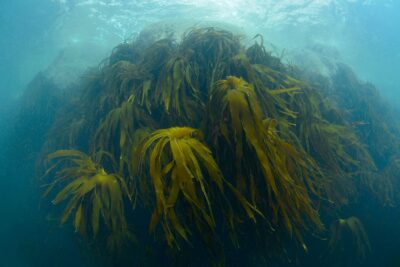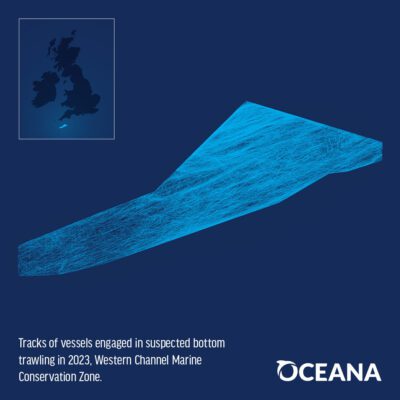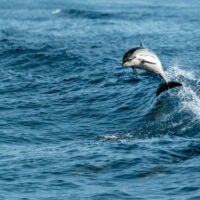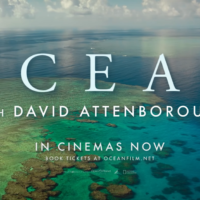Ban bottom trawling
Banning bottom trawling and dredging in Marine Protected Areas and inshore zones is essential to restore and protect UK marine ecosystems and safeguard coastal livelihoods.
SHARE TO SHOW YOUR SUPPORT:
Overview
Bottom trawlers and dredgers drag heavy metal gear and nets – that can be as large as a football field and weigh several tonnes – across the seafloor, scooping up all sea life and often severely damaging marine habitats. A ban on bottom trawling and dredging in all our Marine Protected Areas (MPAs), as well as within three nautical miles of the coast, is essential to restore and protect UK marine ecosystems and safeguard coastal economies.
Good for seas, good for people
There is strong scientific evidence to show that properly protected areas are good for both marine wildlife and local livelihoods. One analysis, which collated the results of multiple studies, found that the total weight of fish found in protected areas was, on average, over 100% higher than surrounding areas.
This abundance has positive knock-on effects.
Off the island of Arran in Scotland, for instance, fishers are catching more and larger lobsters near a highly protected area which acts as a much-needed haven for wildlife.
Bottom trawling and dredging are akin to bulldozing on land, and seabed habitats from reefs to seagrass can be destroyed in minutes, often never to recover.

These habitats provide food and shelter for a wide variety of marine life and form the infrastructure of sustainable, low-impact fisheries that many local coastal people rely on. They also store ‘blue carbon’ and provide natural sea defences.
As well as being extremely destructive and emissions-intensive, bottom trawling also indiscriminately catches all types of sea life, resulting in considerable by-catch of non-target wildlife like porpoises, starfish, sponges and sea fans.
Worldwide, bottom trawlers have discarded overboard more than 400 million tonnes of untargeted marine life in the past 65 years alone.
Protected in name alone
Despite the destructive impacts of this practice and proven benefits of protection, over 90% of offshore MPAs and most inshore MPAs are still being dredged and trawled.

Over 33,000 hours of harmful suspected bottom trawling took place in the UK’s offshore marine ‘protected’ in areas in 2023 alone.
Protecting only parts of our MPAs – such as reefs alone – is not the answer. Our seas need whole sites free from the pressure of bottom trawling, scientific evidence shows, and permitting it in any part of our MPAs will continue to contravene national laws and prevent the UK achieving its commitment to 30% protection of the sea by 2030.
Making a small proportion of these areas into Highly Protected Marine Areas, where all fishing and industry is banned, will provide a haven for wildlife that can provide the resilience and reserves our ocean needs to thrive.
All this would help safeguard local livelihoods, store blue carbon to mitigate the climate crisis, and restore UK seas to their former glory.
Put simply: if we protect our ocean, it will protect us.
News & Reports



